Want to grow your own rainbow? Try this simple science experiment! You only need paper towel, water and washable markers. Kids will love to see their rainbow “grow” in this easy activity!
What is our theme? Grow a Rainbow
What is the lesson (overall purpose)?
This science experiment is a great example of chromatography. Chromatography is a way of separating out a mixture of chemicals. If you ever got a paper with ink wet you would have seen the ink move across the page in streaks.
MA Guidelines/Standards:
PreK-PS2-1 (MA). Using evidence, discuss ideas about what is making something move the way it does and how some movements can be controlled.
SEL12: The child will demonstrate the ability to reflect on and evaluate the results of his/her actions and decisions.
APL 1: The child will demonstrate initiative, self-direction, and independence.
Learning Outcomes:
- organize experiments for children to observe, compare, experiment with, predict, and describe.
Songs, Books & Videos (Motivational Techniques)
https://youtu.be/eZFtOQevF1Q - My Color is Rainbow read aloud
Materials:
A paper towel
Water
Washable markers
2 small glasses
Activity (Procedure):
1. Fold over a piece of paper towel (so you have 2 pieces on top of each other). Trim the length to be 7.5 inches (any longer and the rainbow may not connect fully).
2. Draw rectangles of the rainbow colors on each end.
3. Place 2 cups with water filled 3/4 full. You only want the bottom of the paper towel in so leave some space from the top of the cup.
4. The washable marker dye will slowly make it’s way up with the water to meet the other side in the center of the paper towel.
5. Leave the paper towel for 10-15 minutes and it will eventually connect the colors together.
Activity Wrap Up:
Hang the paper towel to dry or lay flat.
How do I know what my child is learning? (Assessment)
- encourage children to share ideas, feelings, experiences, and perspectives in whatever communication mode they can.
How can you extend this activity? (Modifications)
- Set up a few different scenarios and hypotheses. For example, if you were to try this experiment without any dye, you would still see the water rising upwards towards the center of the paper towel.
Helpful Hints: (Pitfalls & Solutions)
You need absorbent paper towel or napkin – we used the brand Bounty.
You must use washable markers – make sure to check it’s washable as not all Crayola brands are washable.
Do not place the end of the paper towel too deep into the water or the dye will dissolve into the water instead of traveling up the paper towel.
The shorter the paper towel – the better it works as there is less for the marker dye to have to travel across.
Add lots of marker to the ends. You need lots of dye for it to travel upwards.
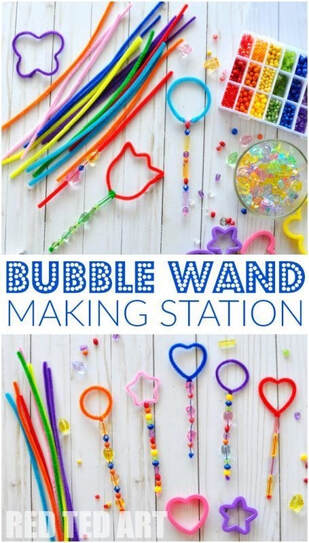
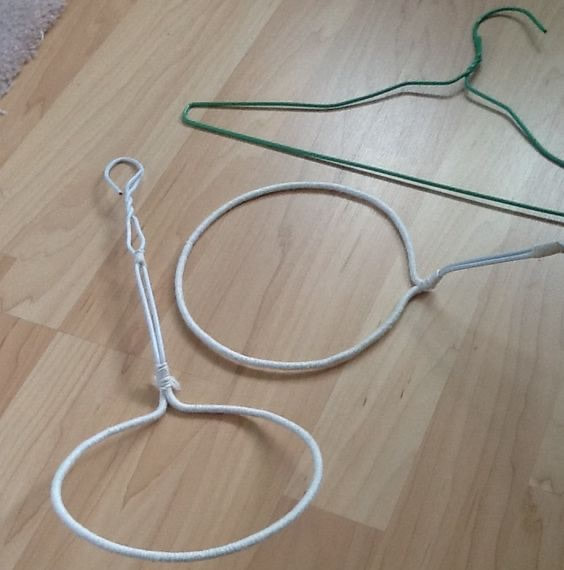
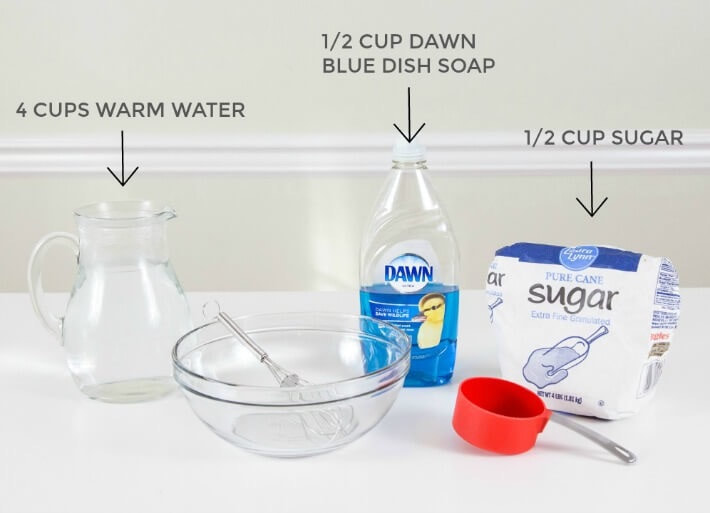
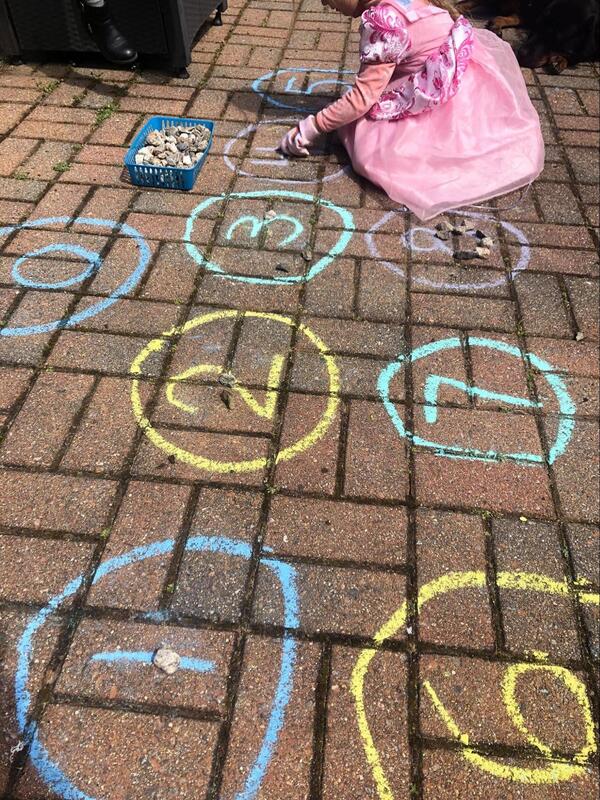
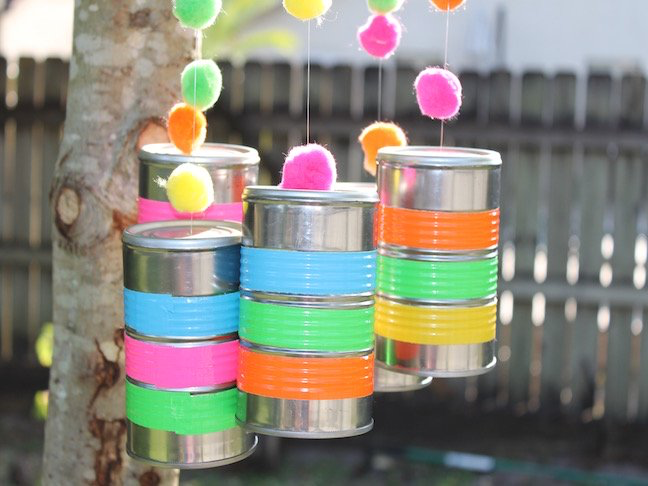
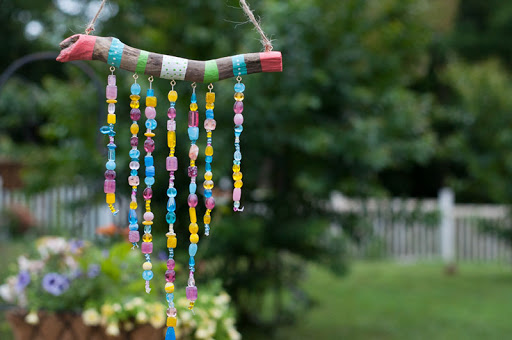
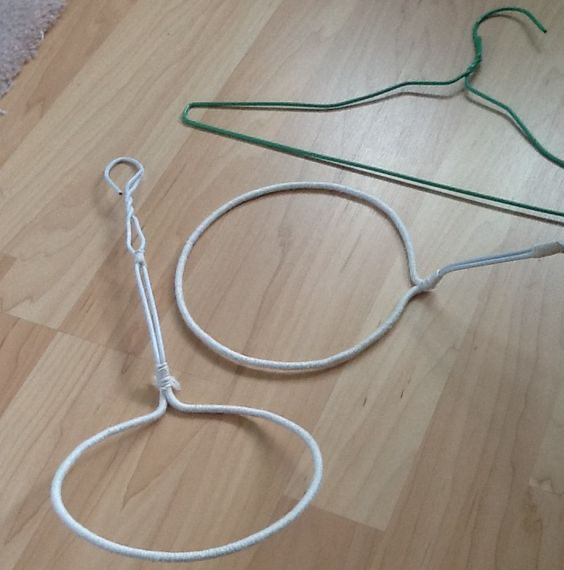
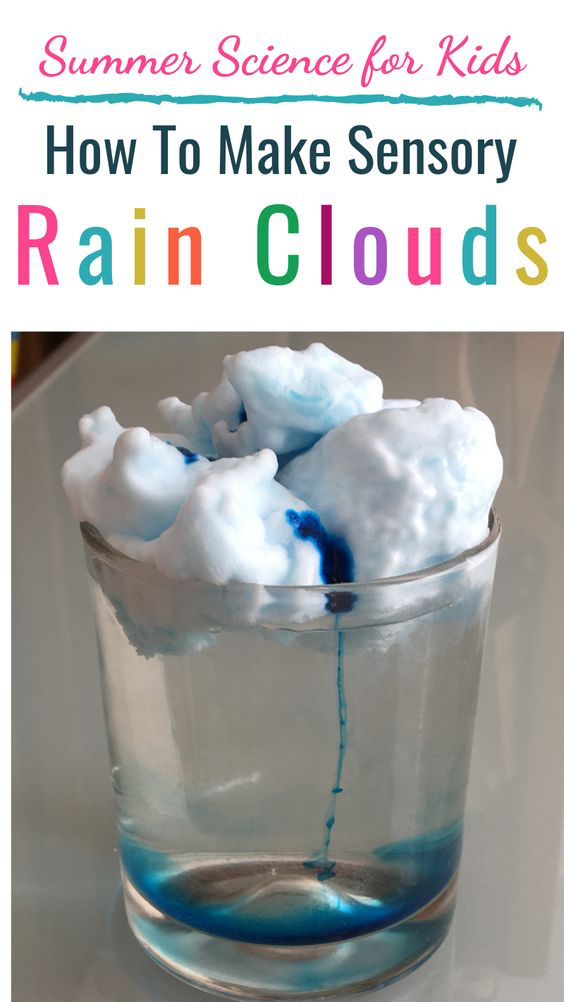
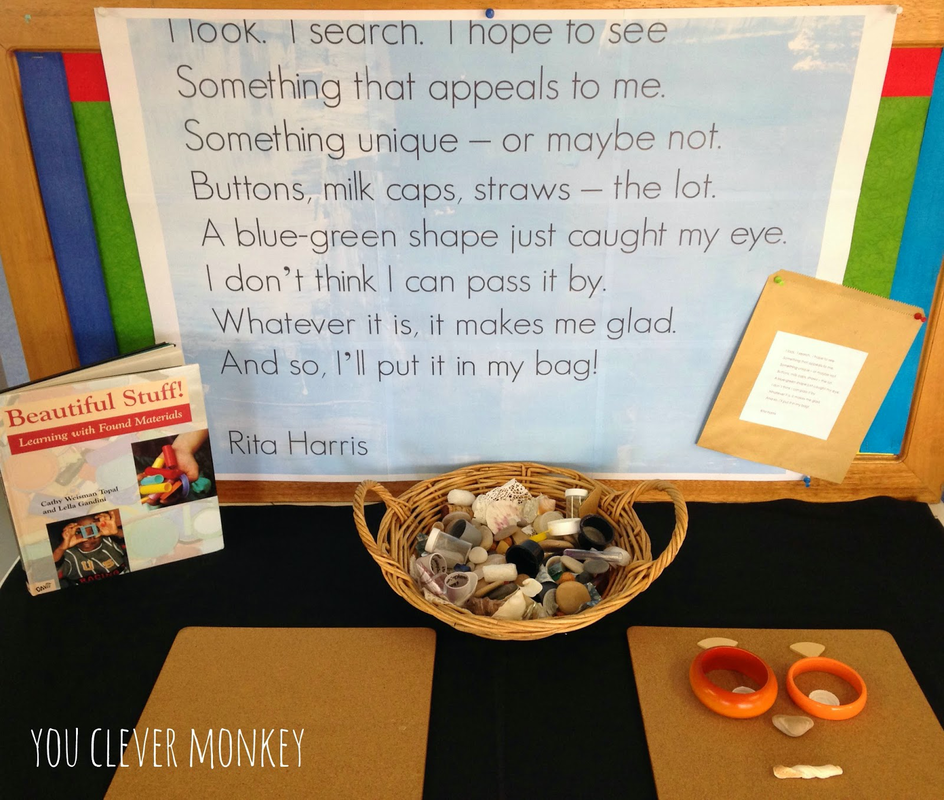
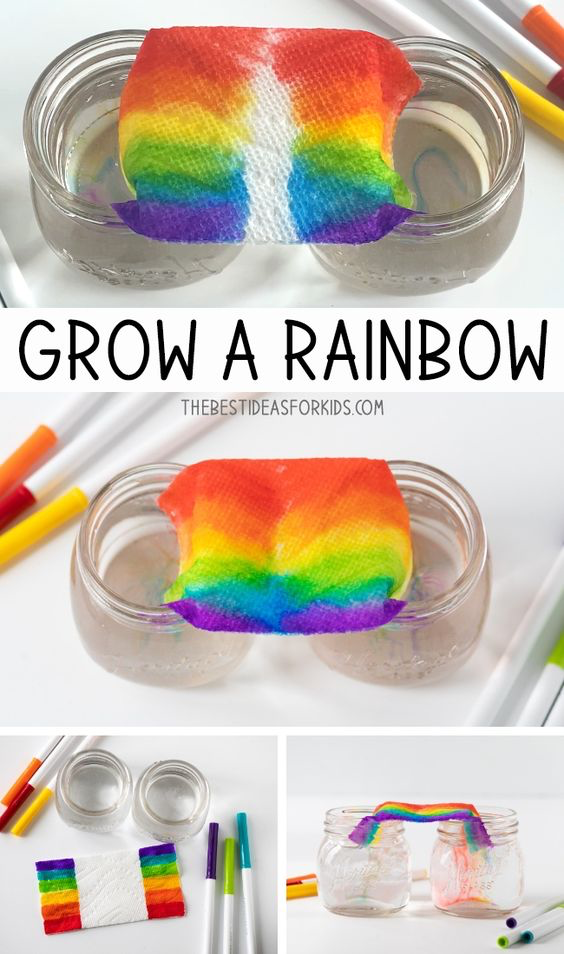
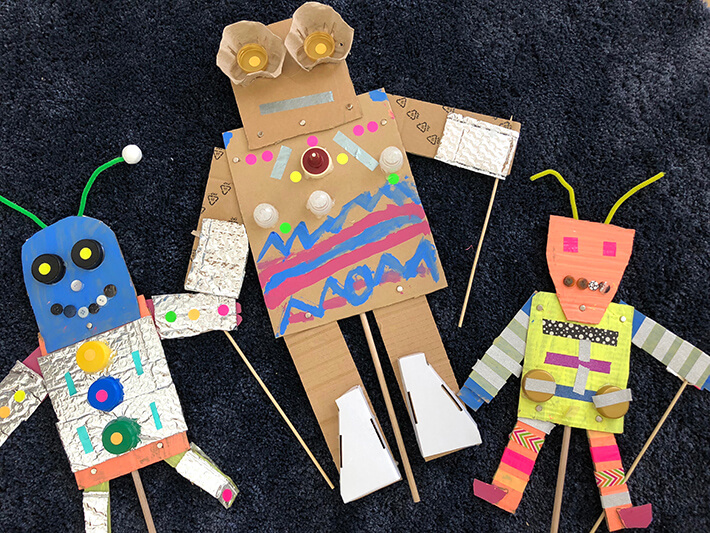
 RSS Feed
RSS Feed
